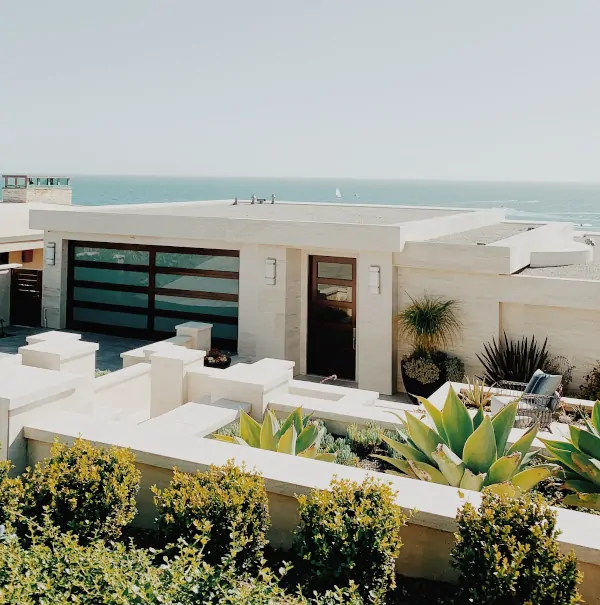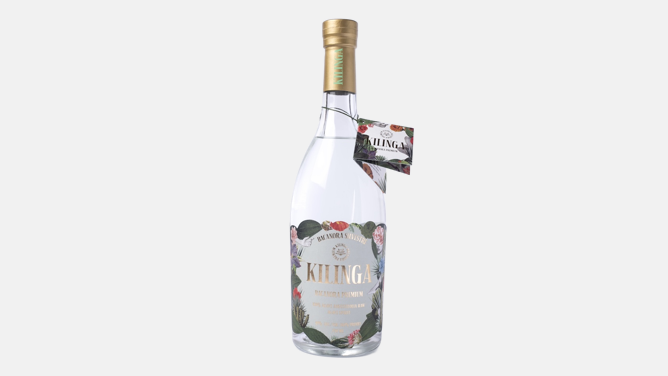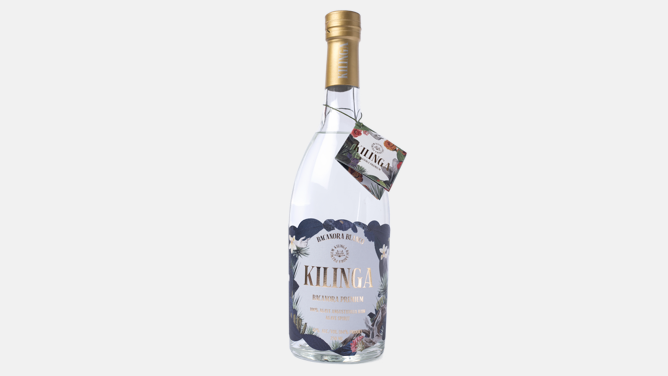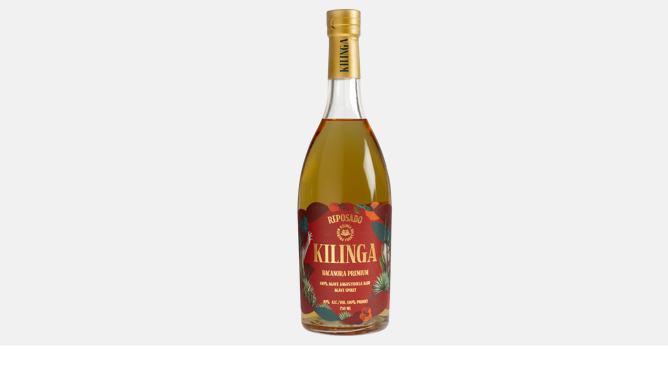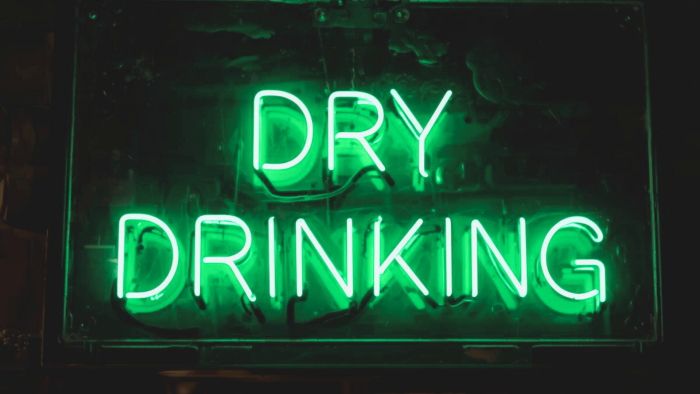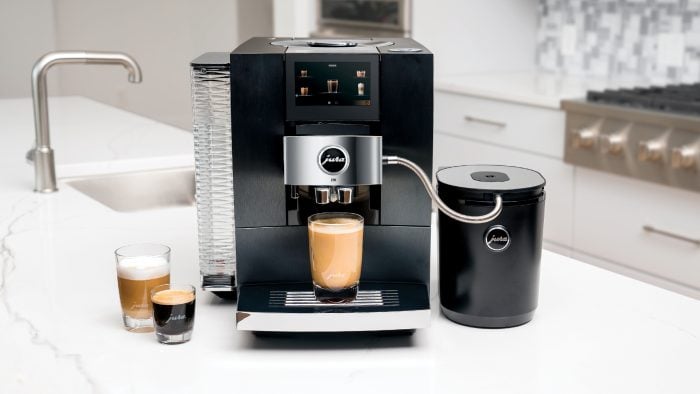There’s no escaping the hockey-stick rise of agave spirits in recent years. Tequila sales have boomed to the point of surpassing even vodka and whiskey in the United States some months, and mezcal has gone from a spirit a handful of in-the-know people are familiar with to the highlight of bar and restaurant menus in big cities and small towns alike. Celebrities, of course, have cashed in big and helped boost the profile of both spirit types.
Yet those aren’t the only regional agave spirits coming from Mexico. Bacanora—made only in the northern border state of Sonora and named after the town of Bacanora at the foothills of the Sierra Madre mountains—has started to make inroads among the agave curious and establishments with a focus on Mexican spirits.
Bacanora, similar to tequila, can legally only be made with one agave species: Agave angustifolia. It has a much lower profile than tequila and mezcal largely because of its legal status. Production remained illegal for a century until restrictions were finally loosened in 1992. Production remains limited, even with an official regulatory body and government recognition similar to those that govern other spirits.
Kilinga is helping to bring wider awareness. The brand was only the second to earn an authentic bacanora designation. The eye-catching design helps: brightly colored labels on each of the four expressions stand out on a shelf and home bar, with pops of natural colors and designs that evoke the land the spirit comes from.
“Presently, we are one of very few brands in the market,” Rodrigo Bojorquez Bours, Kilinga founder and maestro bacanero, tells me over email. “So it is very important for us to focus our efforts on the brand positioning for Kilinga at a time where there’s a surge of interest in new agave spirits outside of the tequila and mezcal categories.”
“People already know tequila and mezcal, bacanora and the rest of expressions of mezcal are slowly but surely being introduced to different parts of the world,” Bours says. Think of it like how there are many wines made from many types of grapes, just as there are many types of agave spirits made from different types of agave. “If you compare the agave category to wine, the different regions and grapes are all different but the reality is that it is all wine.”
How Kilinga Bacanora is Made
Classes on how to distill tequila, bourbon, and other mainstream spirits is relatively accessible these days. But there are no college courses for bacanora. Its historic moonshine reputation means fewer people who are open to passing on techniques and best practices for everything from the plants to distillation.
“The process of learning to distill bacanora was quite a journey,” Bours says.
He learned distillation processes and how different stills handle different base ingredients for spirits, seeking out others who made bacanora for tips. “There was quite a bit of trial and error,” Bours adds. In Oaxaca, he enrolled in the master mezcalero program and learned the techniques used to make various styles of mezcal. “That visit was followed by more trial and error until I arrived at the point of making something that I thought was unique and beautiful to drink.”
As long a process as learning distillation was, there is no bacanora (or any spirits for that matter) without plants.
“One of the toughest parts of the process was learning to grow the plants,” Bours says. “It was not easy finding information on growing agave in our region. The same goes for the roasting, fermentation, and distillation processes.”
The region of Sonora where Kilinga is made sees steeper temperature changes across the seasons than, say, the state of Jalisco where most tequila is made or the state of Oaxaca where most mezcal is made. Sonora is most famous for the desert of the same name that spans across the border into Arizona, but Sonora also has a long border along the Gulf of California and mountainous regions as well.
“So we needed to find a way to handle these production aspects differently at our distillery,” Bours says.
Kilinga slow roasts its agaves for four days in volcanic stone ovens using native mesquite wood as fuel. The cooked agaves are then quartered, ground, and fermented into a low-alcohol liquid that’s double distilled. Depending on the expression, the spirit rests until it’s ready to be proofed and bottled or spends time in oak casks.
If You Like Tequila and Mezcal, Then It’s Time You Get To Know Sotol
Tequila is the second-best selling spirit category in the United States, after vodka. Mezcal is many (many) multiples less than that, but you might not guess as much by how hyped and cherished mezcal is by bartenders, liquor store owners, and the press (and yes, I include myself in that…
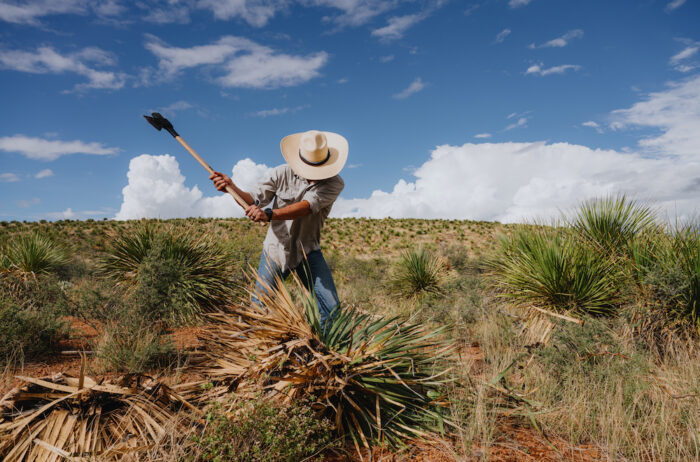
The Importance of the Plants
Part of the trial and error of creating the spirit was finding the right age to harvest the agave for the right flavor notes in each expression. And the brand makes that age clear on the bottles and the site: 7-8 years for the Silvestre, 10-12 for the Blanco.
“There is a very intimate relationship between me and the agave,” Bours says. “I can sense if they are thirsty, if they are cold, if they got too much water. It’s because I know them from inception so we have a very strong connection.”
All the more important considering all bacanora must be 100% agave, with none of the additives that are allowed in tequila. So the quality of what gets put into the process is the quality that comes out, and there’s no hiding behind coloring or sugars or flavorings for consistency or corrections.
“I also know the land,” Bours adds. “It has been in my family for generations and I grew up on it. With this knowledge I can better calculate or understand the flavors that the agave is going to give because of the mineral levels of the ground, the texture, the weather—all of which will be reflected in the final product in the notes and mouthfeel.”
The length of time takes a lot of planning for the future. Kilinga’s planting program includes adding about 30 hectares of agave each year, and only the section that is ready to harvest is pulled and new agaves replanted in their place the same year.
“The agave leaves provide a lot of the flavor but the heart of the piña is what gives you the alcohol, and the older the agave gets the more sugar it renders,” Bours says. “When you use younger agave, you lose about 30% of its weight, which is water, in the roasting process because it evaporates. When you use older agave, there is a much higher concentration of starch than water. The starch that I’m going to turn into sugar is what I’m after, so the longer I leave the agave to grow in the ground the more bacanora I will yield.”
Taste Test: Kilinga Bacanora
It’s most often the small details that make a spirit of any kind stand out. The same is true for each of the bottles that Kilinga releases. The brand has four expressions, and I had a chance to try all but the añejo—though if the other three are any indication, the longest-aged expression deserves a spot on your bar cart just as much as the others.
Kilinga Silvestre
Wild agaves are harvested after growing for 7-8 years—the youngest in the Kilinga line up. The aroma of the clear spirit is light and refreshing with a subtle smoke backbone and savory dried herbs. The taste is almost minty, with a distinct floral quality. It has a bit of a kick for a 40% ABV spirit—enough to ensure it isn’t lost in a cocktail when it’s used in cocktails that classically call for tequila or mezcal.
Buy: $54.99Kilinga Blanco
More mature plants between 10-12 years old are used for the Kilinga Blanco, the brand’s other unaged expression. It also is bottled at a slightly higher proof, coming in at 42% ABV. There’s more of a cooked agave sweetness than the Silvestre on the aroma and especially on the palate, with a bit of fresh pepper and smoke that balances it out. This is one you want to sip neat first and foremost.
Buy: $49.99Kilinga Reposado
I tend to prefer my agave spirits of any kind unaged. Kilinga Reposado is one of the few exceptions. The spirit is aged in white American oak barrels for 6-10 months, then proofed down to 40% ABV. The light gold liquid carries over the green, bright notes found in the Silvestre, as well as a strong floral aroma and taste. Added from the barrel is a light vanilla and caramel note that lasts after each sip, making for an easy drinking pour.
Buy: $64.99Building a Sustainable Operation From the Start
For years, Mexico’s most famous spirit has had a sustainability problem. Tequila can by law only use blue Weber agave, and like other types of agave, the plant creates identical clones before it flowers. An agave that has flowered can no longer be used for tequila, as the plant uses its sugar during the process and dies shortly after.
Decades of agave farmers in the tequila region have selected the best clones and harvested the vast majority of agaves before they flower. The population of bats that rely on flowering agaves has taken a big hit, which has a cascading effect on the rest of the ecosystem. The harvesting practices also mean a more homogenous gene pool, so a disease that has a big negative impact on one plant theoretically means most of the agave plants that sustain the industry are at risk.
There’s also the popularity problem. Blue Weber takes eight years or more to fully mature. When demand spikes, that pushes producers to use younger agaves until the prices rise and incentivize growers to plant more. Then the prices fall when there is too much agave available in a cycle that repeats itself time after time.
There are fears of a similar situation with mezcal as interest grows, though the ability to use dozens of different agaves makes the same agriculture model slightly less attractive.
Bacanora has nowhere near the popularity of either of those spirit styles. Still, sustainability must remain top of mind to make sure Kilinga, and bacanora as a whole, avoids that path.
“The entire operation is built upon the respect of the land and understanding that you have to put back more than you take, or there will be a point when there is nothing left,” Bours says.
Kilinga monitors the agaves from its nurseries and leaves a portion to fully mature and flower for the bats. Kilinga’s team has also looked into studies on agave behavior in the wild to help ensure species continuation. Local farmers are getting interested in joining in as well, thanks to increased economic interest. Kilinga partners with farmers to pass on agave growing techniques and provide plants and tools “with the understanding that the agave is taken care of correctly and is up to our standard, we will purchase it back to use in future production,” Bours says.
Material sources, water management, and waste disposal are other aspects of sustainability that Kilinga focuses on, says Ramon Ernesto Rivera Ramsburgh, the brand’s chief operating officer.
“One of the key resources is the mesquite wood used in the process of cooking the agave,” Ramsburgh says. “When it comes to the materials, we begin by taking care of the mesquite trees as it’s the type of wood we use in our production process. We don’t cut down any mesquite trees, no matter where they are located; we prefer to prune them instead.”
Additionally, the Kilinga team has an annual planting program during mesquite flowering season where they collect seeds, germinate them, and plant them on the ranch. Over a thousand trees are planted through this program every season.
The 8 Best Classic Tequila Cocktails to Beat the Heat
There are few spirits more synonymous with warm-weather drinking than tequila. From Margaritas to Palomas and everything in between, few drinks are as satisfying as a classic tequila cocktail on a hot day - so long as you avoid the cheap mixes and shot glasses. Every guy should have at…

